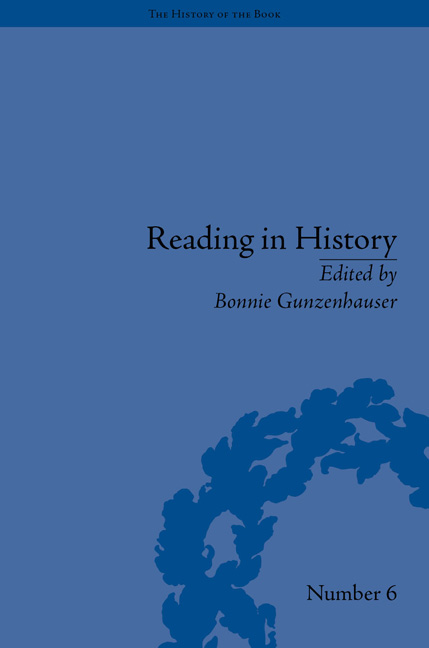Book contents
- Frontmatter
- CONTENTS
- Acknowledgements
- List of Contributors
- Introduction
- Section I Artefactual Methodologies
- Section II Paratextual Methodologies
- 4 Reading and the Visual Dimensions of the Book: The Popular Cold War Fictions of Helen MacInnes
- 5 The Work of Abridgements: Readers, Editors and Expectations
- Section III Institutional Methodologies
- Notes
- Works Cited
- Index
4 - Reading and the Visual Dimensions of the Book: The Popular Cold War Fictions of Helen MacInnes
from Section II - Paratextual Methodologies
- Frontmatter
- CONTENTS
- Acknowledgements
- List of Contributors
- Introduction
- Section I Artefactual Methodologies
- Section II Paratextual Methodologies
- 4 Reading and the Visual Dimensions of the Book: The Popular Cold War Fictions of Helen MacInnes
- 5 The Work of Abridgements: Readers, Editors and Expectations
- Section III Institutional Methodologies
- Notes
- Works Cited
- Index
Summary
Authors do not write books: they write texts that become written objects – manuscripts, inscriptions, print matter or, today, material in a computer file. All these objects are handled, in various ways, by flesh and blood readers whose reading habits vary with time, place and milieu.
That books are not simply literary texts but are also material and visual objects has become a commonplace amongst scholars exploring the history of the book. Historians of print have placed books alongside other printed texts like maps, pamphlets, chapbooks and posters, many of which incorporate illustration as an integral part of their make-up. Scholars take careful scrutiny of the smallest details of not just the text contained within a book but the physical details of the paper, type, binding and notations, thus grounding their work in discussions of physical books, which are printed, bound, moved around, sold and, of course, read. Robert Darnton has pointed out the value of such sources for making sense of reading practices: ‘one could learn a great deal about attitudes towards books by studying the way they are presented’.
Increasingly, this emphasis on the material form of the book has come to have an impact within literary studies too. Gerard Genette in his pathbreaking discussion of the materiality of the book uses the term ‘paratext’ to label the elements that make texts into books – prefaces, introductions, blurbs, colophons, typefaces, illustrations and covers. The paratext, he argues, comprises a ‘vestibule’ or ‘threshold’ ‘that offers the world at large the possibility of either stepping inside or turning back’. It has been powerfully argued that these visual dimensions of books have been key to the reading experience since the inception of print culture. Cavallo and Chartier point out that such paratextual elements of books, including images associated with texts, ‘set up a protocol for reading’ that inflects how people read. James Raven and his colleagues have fleshed out how protocols of reading are established by visual representations of reading.
- Type
- Chapter
- Information
- Reading in HistoryNew Methodologies from the Anglo-American Tradition, pp. 63 - 76Publisher: Pickering & ChattoFirst published in: 2014



